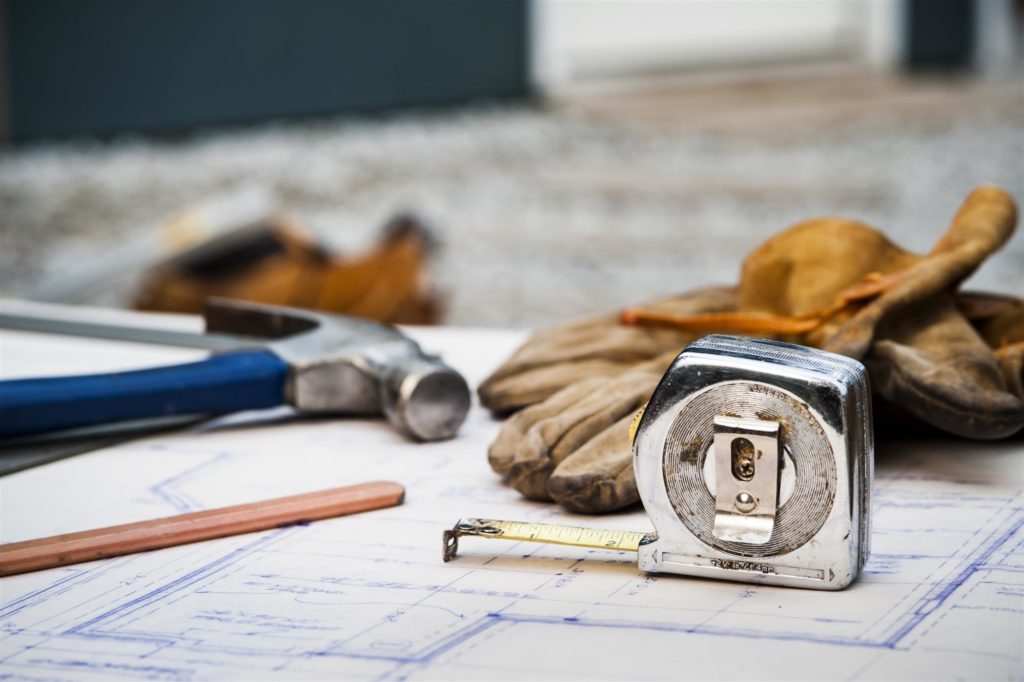When a roof starts leaking, it’s time to be concerned. Even “small” leaks can cause serious problems if left untreated, as the water getting through will eventually cause serious damage to the building’s interior, compromising the structure’s integrity and possibly leading to the growth of dangerous mold, along with other problems.
For many businesses and historical sites, the cost of replacing an entire roof, even if it’s leaking, is an investment they can’t afford to make. How do you know when a leaky roof can be repaired, or if it needs to be replaced entirely?
Contact the Professionals
Commercial roofing can be made from a wide variety of material and constructed in a wide variety of ways, which means there’s no “one size fits all” way to spot assess whether or not a roof needs to be repaired or replaced due to leaks. If a building has insurance, then contacting the insurance carrier is the first step – not only will they be able to tell you what’s covered under the policy, but they’ll also have a listing of the materials the roof is made from, which will help with the professional assessment.
Once the insurance company has been contacted, it’s time to speak with a repairman. Contacting a repairman isn’t a commitment to either repairing or replacing a roof. The first thing a licensed roof repair specialist or engineer will do is come out and assess the damage. This will involve visual inspection, as well as taking core samples of the roof to get a look at how much damage has been done to the roof’s interior or conduct an infra red scan to detect moisture.
More Than Meets the Eye
When it comes to roof leaks, it’s important to remember that not all damage may be visible to the eye. A leak that has just recently appeared on the inside of the building may not be new – it may be a small leak that has existed for some time, and which has caused water to collect inside the interior of the roofing material. If this has happened, the damage may be extensive and may not be able to be fixed with just a simple repair.
Roof Repair Tips
Another thing to remember is that many repair options are only short-term solutions, or are not compatible with every type of roofing material. For example, roofing cement can stop leaks in the short term and is fairly easy to apply, but it also shrinks over time and becomes brittle when exposed to ultraviolet radiation (like that found in sunlight).
In order to make sure you find the right solution, it is very important to consult with a professional who has experience working with a wide variety of commercial and historical roofs, and who has the expertise to know which solutions work best for the kind of roof your building has since many repair products may not be compatible with most roofs.
Want more information? Pfister Roofing’s commercial roofing installation and repair specialists are here to help. Contact us today at 973-569-9330.

